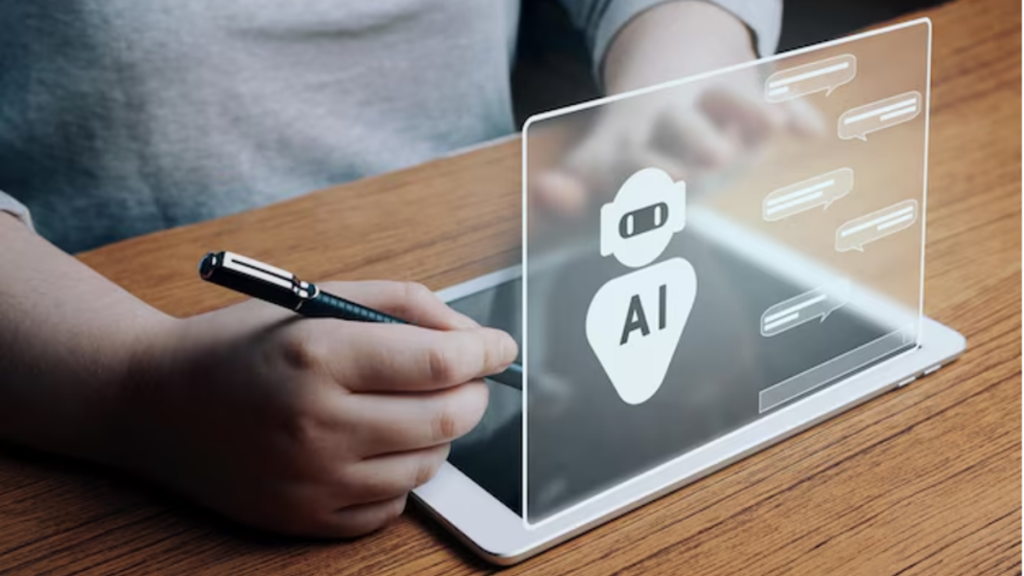Ever read something online and wondered, Did a human write this, or was it AI?
With artificial intelligence becoming a go-to tool for creating content, verifying its authenticity is more important than ever. This is where AI detectors step in, offering a reliable way to ensure the originality and credibility of written material.
If you’re curious about how to use AI detectors for content verification, this guide will walk you through everything you need to know.
Let’s make this technical-sounding topic simple, engaging, and super practical!
What Are AI Detectors?
AI detectors are tools that analyze a piece of text to determine whether it was written by a human or generated by an AI model, such as GPT. These tools are designed to pick up on the subtle patterns and stylistic nuances that distinguish AI-written text from human-authored content.
Why Is Content Verification Important?
In today’s digital age, the ability to verify content has never been more critical. Here’s why content verification matters:
- Ensuring Authenticity: Identifying original content builds trust, whether you’re a reader, creator, or business.
- Maintaining Quality: Detecting AI-generated text ensures high standards of creativity and uniqueness.
- Encouraging Ethical Practices: Using AI detector helps prevent plagiarism and misuse of AI-generated content.
Whether you’re a writer, student, or employer, content verification ensures fairness and creativity in any field.
How Do AI Detectors Work?
AI detectors use advanced algorithms to assess various aspects of text. Let’s explore the core steps involved:
1. Text Pattern Analysis
AI-generated text often displays consistent and predictable structures. AI detectors evaluate sentence variety, tone, and complexity to identify machine-written content.
2. Probability Check
When AI writes, it selects words based on probability. This can result in overly polished and structured phrases, which detectors flag as possible AI-written text.
3. Content Contextuality
AI detectors assess the relevance and depth of the content. Human-written content often carries a personal touch or nuanced understanding, which AI struggles to replicate.
4. Metadata Review
Some AI detectors even analyze metadata, such as timestamps or specific markers, to identify text created by AI tools.
How to Use AI Detectors Effectively
Using an AI detector isn’t rocket science—it’s straightforward and user-friendly. Here’s a step-by-step guide:
Step 1: Choose the Right AI Detector
There are various AI detection tools available online, each with its features. Look for one that offers:
- High accuracy
- Multilingual support
- Detailed analysis
Step 2: Upload or Paste the Text
Copy the content you want to verify and paste it into the detector. Some tools allow you to upload files directly, making the process seamless.
Step 3: Run the Detection
Click on the “Analyze” or “Detect” button. The tool will process the text and provide a detailed report indicating whether it is AI-written or human-authored.
Step 4: Review the Results
Most AI detectors offer results with a confidence score. For example, they might state, “This text is 85% likely to be AI-generated.”
Step 5: Take Action Based on Results
- If you’re a writer, revise your content to make it more authentic.
- If you’re an employer or educator, use the results to guide your evaluation process.
Key Features of AI Detectors
Here’s a handy table summarizing the features you should look for in an AI detector:
| Feature | Description | Why It Matters |
| Accuracy | High reliability in identifying AI-written content. | Ensures trustworthy results. |
| Multilingual Support | Detects content in multiple languages. | Useful for global content verification. |
| Detailed Reports | Offers insights into how the tool reached its decision. | Helps you improve content quality. |
| Ease of Use | Simple interface and quick results. | Makes detection accessible for everyone. |
Tips for Using AI Detectors Like a Pro
1. Focus on High-Quality Content
Even if you’re using AI tools, always prioritize creating content with depth and originality. AI detectors are most likely to flag repetitive or surface-level writing.
2. Combine Tools
Pair AI detectors with plagiarism checkers for a comprehensive verification process. This ensures both originality and authenticity.
3. Stay Updated
AI detection tools constantly evolve as AI models improve. Regularly update your knowledge and tools to keep up with advancements.
4. Use Detectors in Diverse Scenarios
- For Academic Work: Ensure essays and papers reflect genuine effort.
- In Content Marketing: Guarantee blog posts and articles are uniquely written.
- For Recruitment: Verify the authenticity of resumes or creative submissions.
Benefits of Using AI Detectors
Let’s dive into the perks of incorporating AI detection into your routine:
1. Save Time
Manually assessing content for originality can be time-consuming. AI detectors streamline this process, giving you quick and reliable results.
2. Boost Credibility
By verifying your content, you show your audience or clients that you prioritize authenticity, which builds trust and credibility.
3. Improve Writing Skills
Using AI detectors to analyze your work helps identify areas where you rely too much on predictable patterns, encouraging more creative and unique writing.
The Role of AI Detectors in Different Industries
From education to marketing, AI detectors are making waves across industries. Here’s how they’re used:
- Education: Teachers use detectors to evaluate the originality of student assignments.
- Business: Employers verify the authenticity of reports, proposals, and creative projects.
- Media: Journalists ensure articles maintain a human touch while covering important stories.
Last Note
AI detectors are more than just tools—they’re your partners in ensuring content authenticity and quality. By understanding how to use them effectively, you can enhance your writing, verify others’ work, and maintain high standards in any field.
Whether you’re a content creator, educator, or professional, embracing AI detection ensures that technology serves as a tool for creativity, not a replacement for originality. Let these tools empower you to create and share truly authentic content—and undeniably yours!

